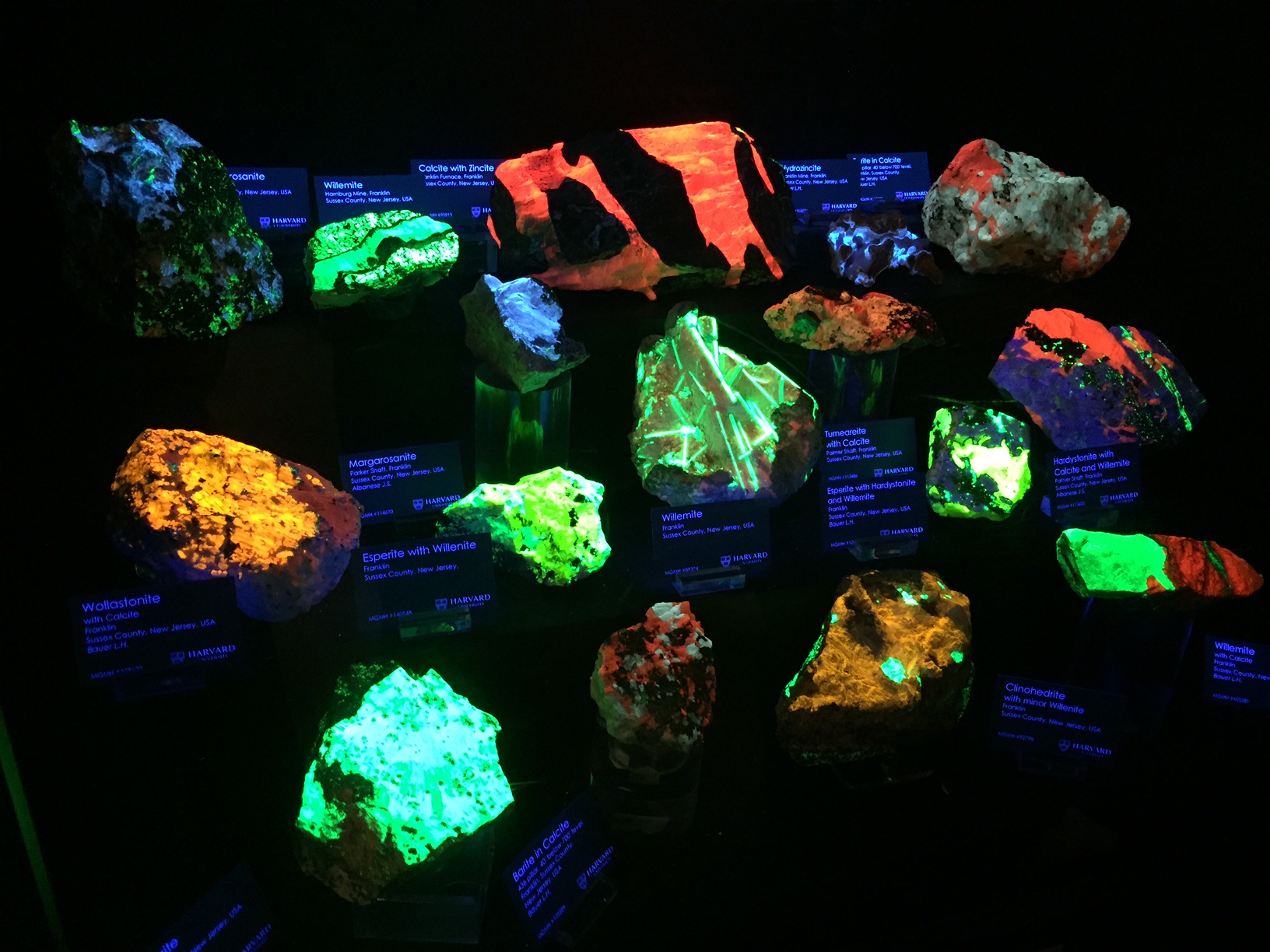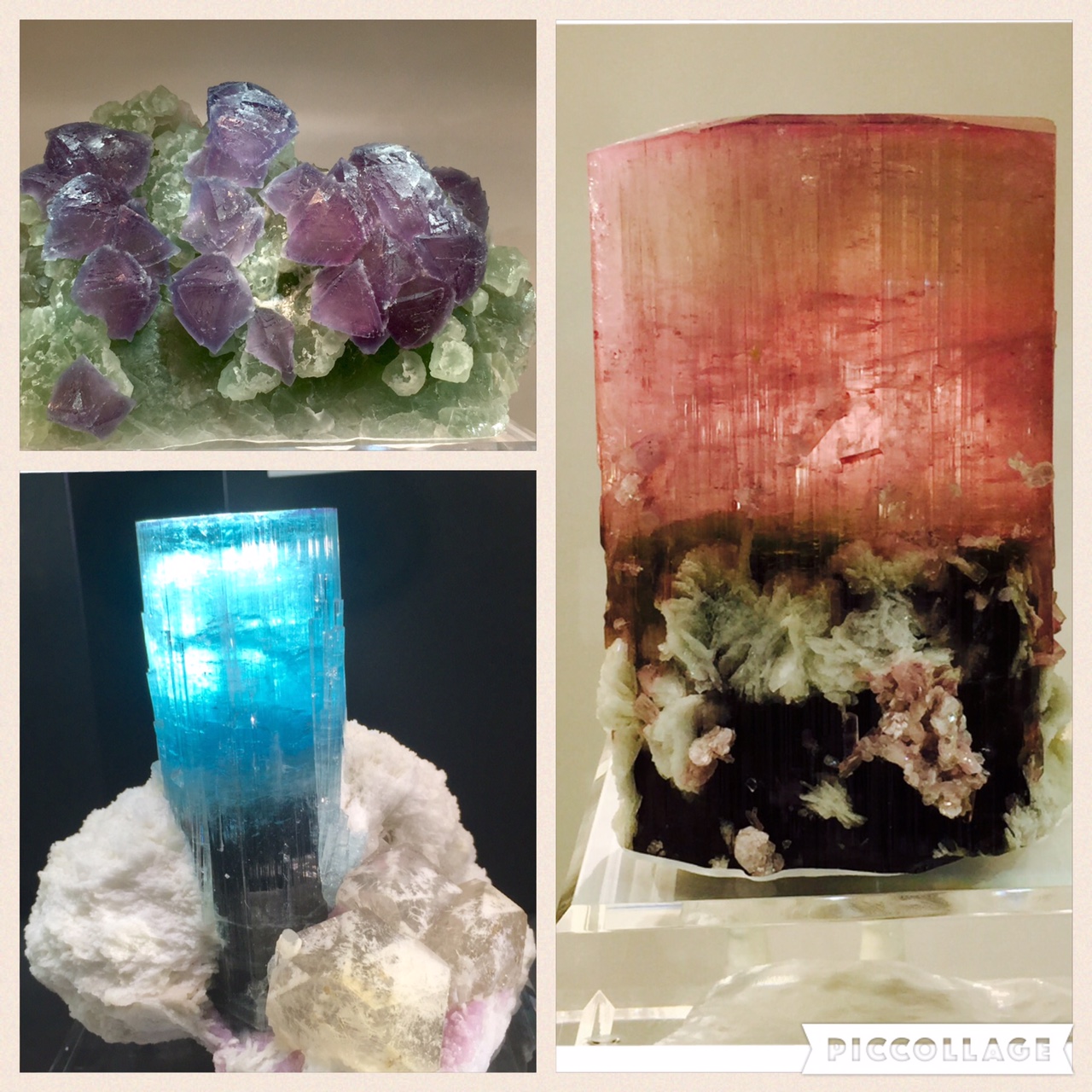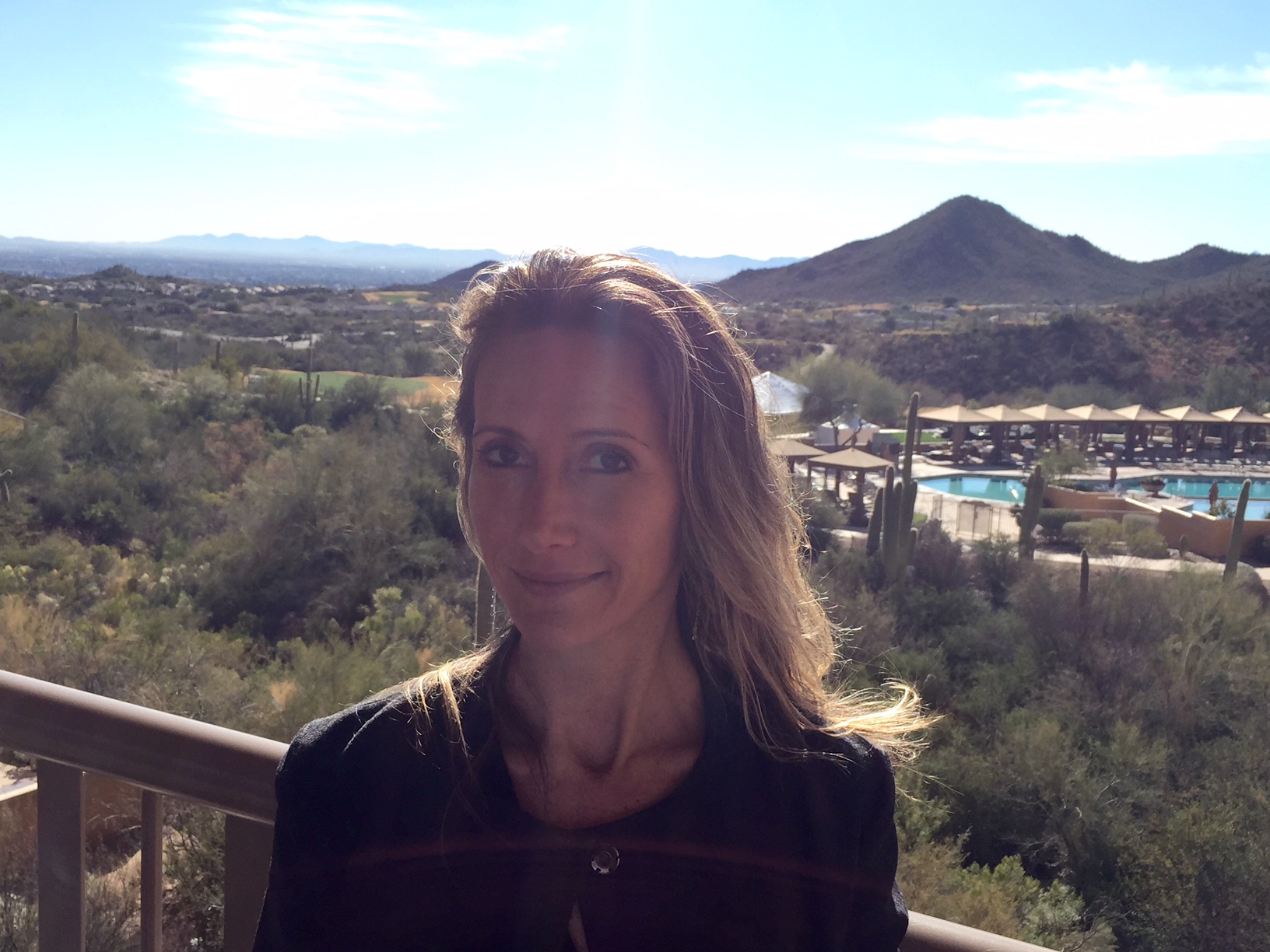The Tucson Gem Show
Posted by Irina Ferry on 8th Feb 2016

[View of AGTA]
The agenda for buying gemstones changes slightly every year for me. When I'm looking for particular stones and can't get them directly from the mines in Madagascar, I go to Tucson, the site of the largest gem and mineral show in the country. February is a great time to restock inventory after a busy holiday season, as well as get an idea about what the market is doing. What is scarce? What is abundant? What are my vendors saying? Are prices for gemstones rising or falling? These are some of the questions I think about as I peruse through the aisles of the biggest and best gem show in the world. I'll visit the AGTA pavilion, GJX and will delight my senses at the minerals and specimens show.http://www.agta.org/, http://www.gjxusa.com/gjxhomepage.html, http://www.tgms.org.

[Amazing 5ct natural, no heat ruby from prosperity earth Madagascar]
One observation I made was that there was less Paraiba Tourmaline, which makes me wonder if the supply or demand has gone down, or both? Is the Paraiba trend fading? Spinel (my favorite stone after sapphire) was definitely being sold more than ever before. The cobalt spinel from Vietnam caught my eye in particular, but the price tag did not! Prices of spinel have already risen and I believe they will go even higher. Through the years the stone has been under-appreciated and now is its time to shine. Spinel is almost always natural, although because of its recent popularity it is beginning to undergo heat treatment. It is remarkable because it comes in a rainbow of colors and is extremely brilliant.
Soho Gem's niche being sapphires, I searched high and low for my beloved corundum (the mineral family of sapphire), comparing costs of natural colors, traditional blues, pastel and Padparadscha sapphires. I noticed that the deep valuable blues have stabilized in price and were abundant (mostly heated, of course.) The pastels, although trending, were small sizes - 2 carats and under. It was virtually impossible to find unusual colors such as blue-greens, or pastel blues that were larger sizes, unheated, and eye clean. Speckled throughout the show were Padparadscha sapphires in a variety of shades and sizes, mostly oval shaped. Since that particular color has been trending upward for the last couple of years, we have seen a number of stones certified as Padparadscha, though there doesn't seem to be much consistency in how the orangey-pink color is assessed. The attribution of value to specific colors is always contentious; much like the name 'Pigeon Blood' given to a particular shade of ruby. The word Padparadscha comes from Sri Lanka and means 'lotus flower' after its beautiful orangey pink tones. Now a number of stones are certified Padparadscha ranging from bright pink to blush pink where the orange is barely visible. Madagascar is a leading producer of these remarkable gems and I'm pleased to have several of them available at Soho Gem.

I also went to two valuable seminars. One seminar given by Bruce Bridges, son of the deceased Campbell Bridges, who discovered Tsavorite (a deep green variety of Garnet) in Kenya in the 70's. He spoke mostly of his mine in Kenya which is the largest producer of the beautiful rare gemstone Tsavorite. The stone is normally found in small sizes making the making the larger specimens much pricier. I personally like the deep green color and that fact that it is natural and never treated. (www.tsavorite.com)

[Rocks that fluoresce at the Harvard exhibition at the University of Arizona]
Another seminar I attended was presented by Chris Smith of AGL ( http://aglgemlab.com ) where he and his colleagues spoke about the various ruby treatments and how to identify them. The reason this is so prominent today is because of the flooding of composite or glass-filled rubies on the market to feed the demand that the supply of natural stones could never fulfill. Besides learning about the different inclusions to look for when deciphering whether or not a ruby is natural, heated, or composite (which is a a few materials glued together), I learned that rubies are commonly oiled. This means that a ruby that is technically 'natural' and 'unheated' can still be oiled. If the stone has surface reaching cracks it will absorb the oil until the fissures are filled. The look of the stone can be utterly modified from low grade to gem quality. I can not stress enough the importance of having every gemstone certified. AGL is the authority on colored gemstones in the US.
[Gorgeous mineral specimens]
Last but certainly not least, I was invited to the opening of Harvard's mineral collection at the Arizona University, hosted by Raquel Alonso Perez. My eyes feasted on their collection of rare gold and mineral specimens. The last day I was fortunate to be accompanied by Raquel, the curator of Harvard's Gem Museum (http://mgmh.fas.harvard.edu/), and Alan Hart, the curator of the Mineralogy Department at the British National Museum in London (http://www.nhm.ac.uk/our-science/departments-and-staff/staff-directory/alan-hart.html). They opened my eyes to a whole new world of minerals in their natural state. These collector's items are incredible works of art produced by nature millions and millions of years in the making. It looks like I have a new-found passion!

[View of Tucson desert]








